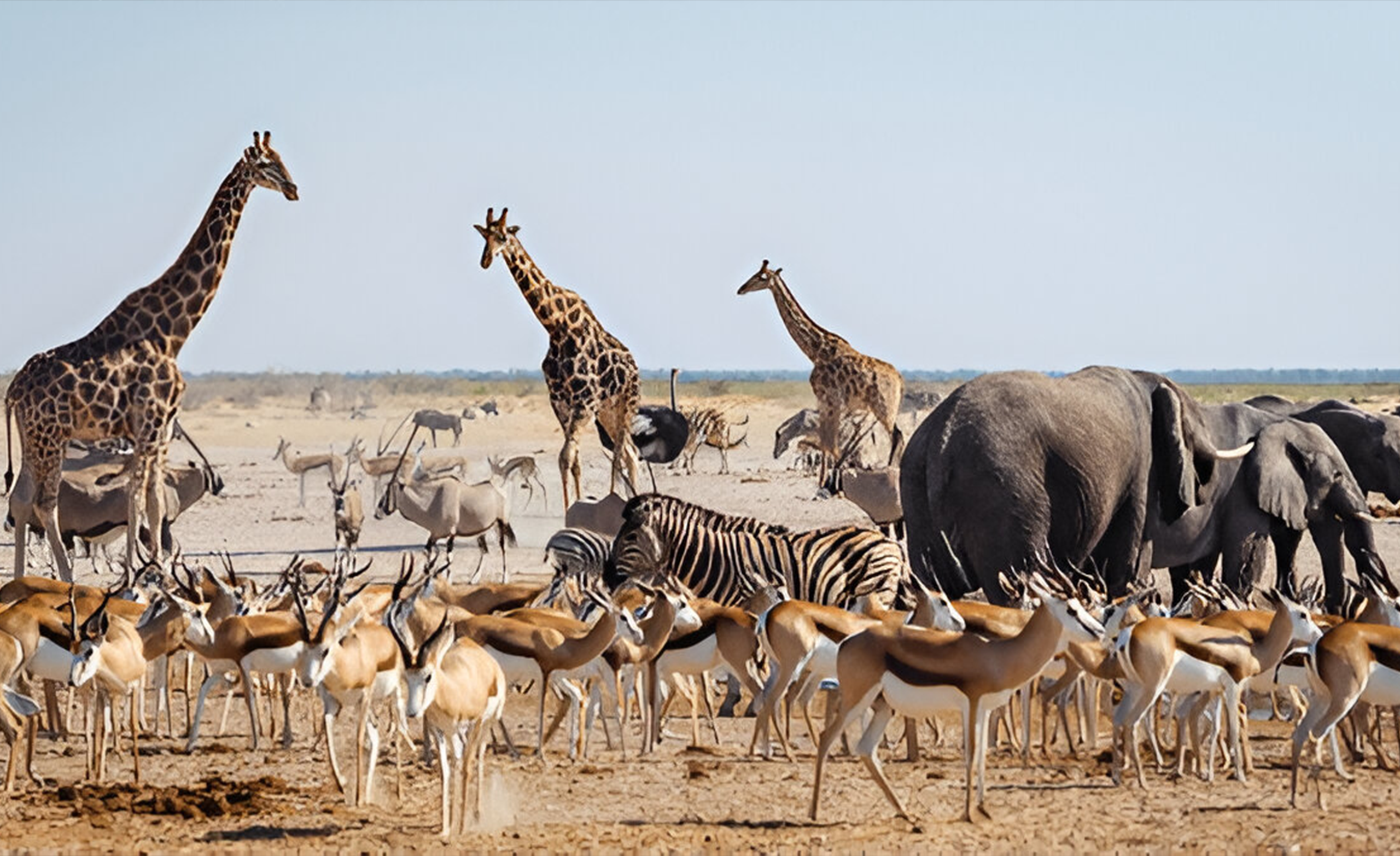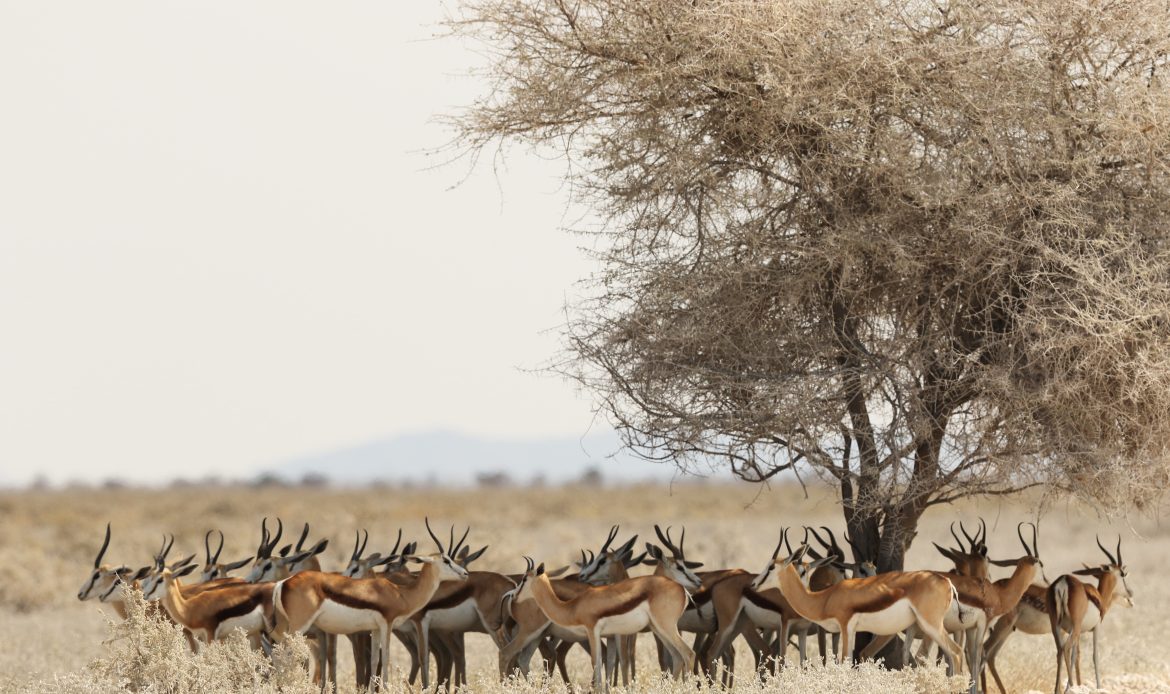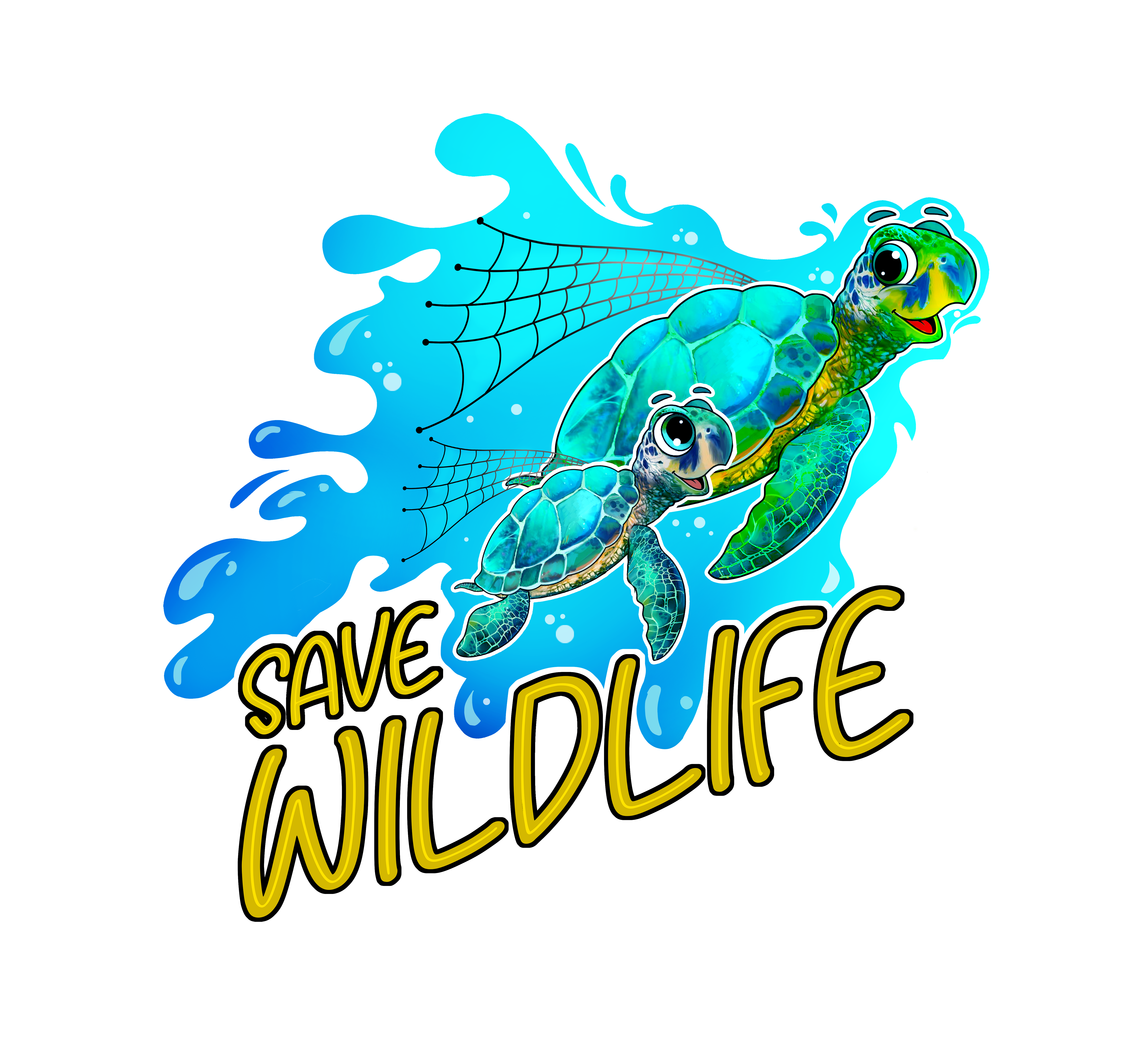
African Wildlife Threats: From Savannah to Extinction
African wildlife threats have become increasingly severe in 2025, placing immense pressure on the continent’s diverse ecosystems. The magnificent African wilderness now faces unprecedented challenges, with multiple dangers pushing various species toward the brink of extinction. This comprehensive analysis explores the critical issues affecting African wildlife and the ongoing conservation efforts to protect these remarkable creatures.
Table of Contents
The Scale of the Crisis
The situation is dire, with current data showing that 28% of all assessed species are threatened with extinction4. The International Union for Conservation of Nature’s Red List, established in 1964, has become the world’s most comprehensive information source on global conservation status. This critical indicator of biodiversity health serves as a powerful tool to inform and catalyze action for biodiversity conservation and policy change, which is essential for protecting vital natural resources.
Climate Change and Habitat Loss
Climate change is dramatically altering weather and water patterns across Africa, resulting in severe shortages and droughts in some regions while causing devastating floods in others. This environmental instability directly impacts wildlife populations and their habitats.
The crisis is further compounded by the annual loss and degradation of millions of acres of wildlife habitat due to development, agriculture, and forestry practices. These rapidly accelerating impacts can only be addressed through aggressive habitat restoration and protection measures.
Human-Wildlife Conflict and Criminal Activities
Wildlife crimes continue to pose diverse and devastating impacts, significantly hampering conservation efforts and damaging ecosystems. The situation requires a coordinated response from multiple stakeholders.
Conservation Efforts and Challenges
Conservation of wildlife populations demands a multi-faceted, coordinated approach involving governments, conservation organizations, industry, and the general public. Successful wildlife conservation initiatives demonstrate how multi-organization collaborative partnerships can lead to meaningful conservation success.
Threat Assessment and Monitoring
Modern conservation efforts rely on comprehensive information about range, population size, habitat and ecology, use and/or trade, threats, and conservation actions to inform necessary conservation decisions. Current goals, based on strategic planning through 2030, aim to assess 260,000 species and reassess 142,000 of those species to ensure up-to-date information on their status. This comprehensive monitoring will provide the most current indication of global biodiversity health to guide critical conservation action.

Species Classification and Risk Assessment
The IUCN Red List employs a widely understood system for classifying species at high risk of global extinction. The classification system includes nine categories: Not Evaluated, Data Deficient, Least Concern, Near Threatened, Vulnerable, Endangered, Critically Endangered, Extinct in the Wild, and Extinct.
Technology and Innovation in Conservation
Breakthrough partnerships are revolutionizing global conservation efforts, with organizations like the OceanOmics team at Minderoo Foundation partnering with IUCN to utilize environmental DNA (eDNA) technology for determining species extinction threats.
Public Engagement and Action
Every individual can contribute to wildlife protection. Whether through actions at home or workplace, designing wildlife-friendly projects, or reducing resource consumption, each step contributes to protecting wildlife for future generations.
Future Outlook and Recommendations
Conservation organizations continue to develop and improve voluntary guidelines, best practice recommendations, and resources for environmental reviews striving for wildlife-friendly projects. This information empowers the public to understand potential impacts from various activities and provides recommendations on how to avoid or minimize those impacts. However, the work is far from complete. There is a pressing need to substantially increase the number of wild species assessed, particularly focusing on plants, invertebrates, and fungi. The future of African wildlife conservation depends on sustained, coordinated efforts across all sectors of society, from local communities to international organizations.
